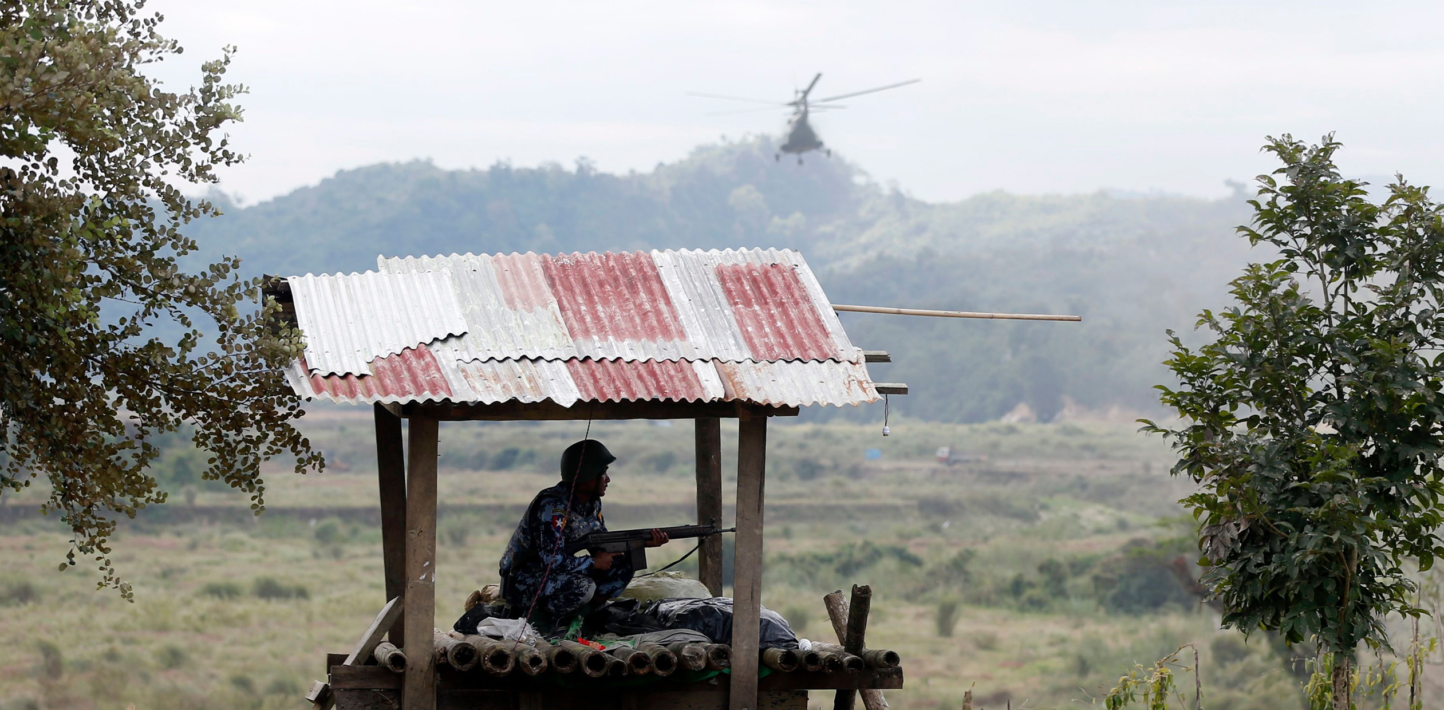The Iranian authorities must investigate the circumstances that led to the death of a blogger in detention in the capital Tehran, Amnesty International urged amid reports he was tortured in custody. Sattar Beheshti, 35, was arrested by men believed to be from Iran’s Cyber Police on 30 October at his home in Robat Karim, southwest of Tehran. On Tuesday 6 November his family members were told to collect his body from Tehran’s Kahrizak detention facility, and he was buried the following day. The exact time and cause of his death are still unknown, but a complaint he apparently lodged with prison authorities before his death stated that he had been beaten, lending credence to reports that he died as a result of torture in detention last week. “Fears that Sattar Beheshti died as a result of torture in an Iranian detention facility, after apparently lodging a complaint about torture are very plausible, given Iran’s track record when it comes to deaths in custody,” said Ann Harrison, Amnesty International’s Deputy Middle East and North Africa Programme Director. “The Iranian authorities must immediately carry out an independent investigation into his death, including whether torture played a part in it. Anyone found responsible for abuses must be brought to justice in proceedings meeting international fair trial standards, without resort to the death penalty.”Beheshti, who was not particularly well-known among Iranian bloggers, maintained a site called My Life for My Iran, on which he criticized the Iranian government.The day before his arrest, he had complained about receiving a threat because of his blog posts: “They sent me a message saying, ‘Tell your mother she will soon be wearing black because you don’t shut your big mouth’.”Once in custody, Beheshti was reportedly detained at Kahrizak detention centre before being moved to Tehran’s Evin prison, where he filed a complaint against his interrogators. In the complaint, which has been made public, the blogger stated that he had been arrested without an arrest warrant and that his interrogators had tortured him – including by tying him to a table and kicking him in the head, although it is not clear where the alleged torture happened. Media reports have suggested that when in Evin Prison, he had injuries consistent with having been hung by his wrists from the ceiling and spent some time in the prison clinic before being transferred to an unknown location on the evening of 1 November.According to Beheshti’s family, he had been in good health before his arrest and detention. Ongoing torture concerns The Iranian authorities acknowledged that at least three other detainees at Kahrizak detention centre died as a result of torture or other ill-treatment after arrest during a government crackdown that followed Iran’s 2009 presidential elections. At least one other man is also reported to have died at the same time. Former prisoners held at Tehran’s Evin Prison confirm that torture and other ill-treatment are routinely carried out in some sections of the facility. Previous cases of death in custody have not been fully investigated in independent and impartial proceedings. Among them was Zahra Kazemi, a photojournalist with dual Canadian-Iranian nationality who was held in Evin Prison and died in 2003 from beatings sustained after her arrest. A Ministry of Intelligence official was subsequently acquitted of her murder, the only one of five officials initially arrested to be charged and tried.“The Iranian authorities must take immediate action to improve prison conditions and to ensure that all prisoners and detainees in their custody are protected against torture and other ill-treatment and are treated humanely at all times. There must be accountability for human rights violations committed behind the closed doors of prisons,” said Harrison.Amnesty International has recently highlighted the case of nine women prisoners at Evin who have undertaken a hunger strike to protest against their ill-treatment – including sexual abuse – in detention.


